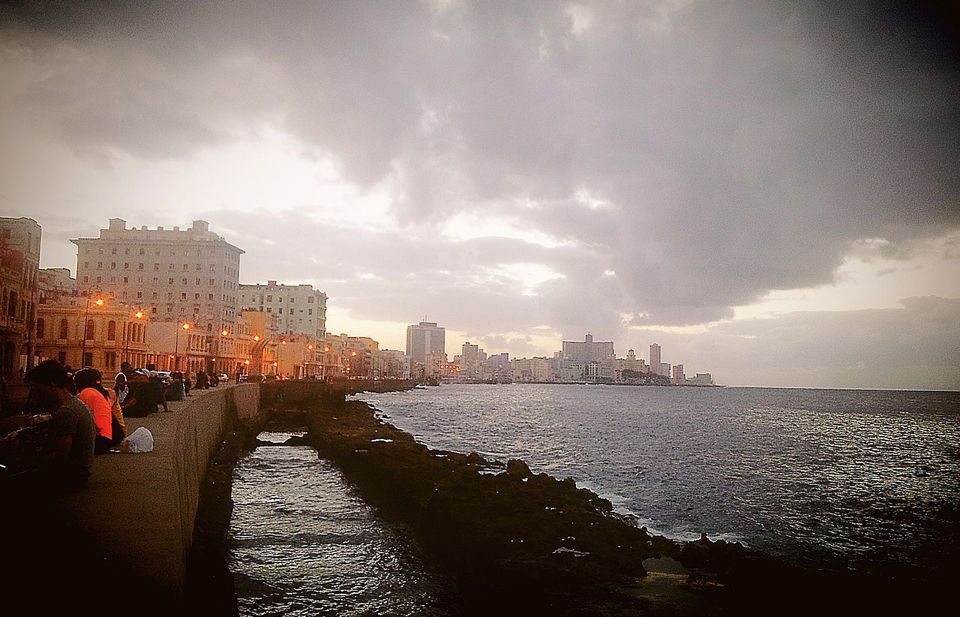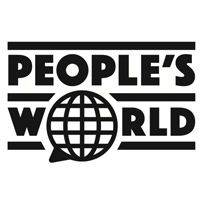
This week, on Nov. 16, the city of Havana—or La Habana as it is known in Spanish—officially turns 500 years old. The Cuban capital has been gearing up for this celebration for several years, scheduling concerts, tours, cultural events and other observances.
Havana was founded in the 16th century, displacing Santiago de Cuba on the eastern end of the country as the island’s most important city. Havana soon became a major port for Atlantic shipping, particularly the Spanish treasure fleet transporting gold and silver from the other Spanish colonies in the Western Hemisphere back to the European metropolis.
Havana was first visited by Spaniards during Sebastián de Ocampo’s circumnavigation of the island in 1509. In 1510, the first Spanish colonists arrived from the island of Hispaniola and began the conquest of Cuba. Diego Velázquez de Cuéllar founded San Cristóbal de la Habana in 1514. Between 1514 and 1519, the city had two different establishments on the north coast, one of them in La Chorrera, today in the neighborhood of Puentes Grandes, next to the Almendares River. Havana’s present location surrounds a natural bay, now the site of Havana’s harbor, well protected from Atlantic storms and ideal for ship repair. What we refer to today as Old Havana (Habana Vieja) is the historical heart of the city San Cristóbal de la Habana, founded on November 16, 1519.
The superb harbor, virtually unmatched anywhere else, located at the entrance to the Gulf of Mexico, enjoys easy access to the Gulf Stream, the main ocean current that navigators followed when traveling from the Americas to Europe, leading to Havana’s early development as the principal port of Spain’s New World colonies.
The name Habana is possibly derived from Habaguanex, a Native American chief who controlled that area in pre-Columbian times.
Havana served as a base for expeditions of exploration, conquest, and settlement of other lands to the west and south. Hernán Cortés organized his expedition to Mexico from the island. During the early years of the Age of Discovery, Cuba provided no immediate wealth to the conquistadores, as it was lacking in precious metals and stones. Many of its first settlers soon moved on to the more lucrative lands of Mexico and South America that were being conquered. The rest of the Cuban landmass was left only sparsely populated, especially after disease had terminated most of the Indigenous population.
Because of its prime location, during the centuries of imperialist competition primarily among the Spanish, English and French, Havana suffered regular attacks by buccaneers, pirates, and French corsairs. As a trading port and the starting point of the Spanish galleons that departed for the home country in convoys together for safety, Havana commerced in goods such as gold, silver, alpaca wool from the Andes, emeralds from Colombia, mahoganies from Cuba and Guatemala, leather, spices, rare dyes, corn, manioc, and cocoa.
With ships amassing in Havana from all over the New World, Havana’s local agriculture and manufacture grew, since the ships and their crews had to be supplied with food, water, and other necessities for crossing the ocean. Fortress castles were built on both sides of the bay to protect the city. Havana expanded greatly in the 17th century, with many public buildings and churches that are still standing. By the middle of the 18th century Havana had more than 70,000 inhabitants, the third-largest city in the Americas, ranking behind Lima and Mexico City but ahead of Boston and New York.
Havana was captured by the British during the Seven Years’ War in 1762, and returned to Spain the next year by the terms of the Treaty of Paris. But that brief period of occupation was eventful. The British immediately opened up trade with their North American and other Caribbean colonies, causing a rapid transformation of Cuban society. Food, horses and other goods flooded into the city, and thousands of slaves from West Africa were transported to the island to work on the industrial sugar plantations.
Before too long, proximity dictated that the new United States of America would become the dominant economic force over Cuba. Even as Spain retained ownership of the island (until 1898), Americans had already become its chief investors and traders. As prosperity emerged for the burgeoning middle class, leaving the countryside in abject poverty, Havana became known as the Paris of the Antilles. Slavery was legal in Cuba until 1886. After the South was defeated in the U.S. Civil War in 1865, many former slaveholders continued to run plantations by moving to Havana.
When the U.S. warship Maine was sunk in Havana harbor, the U.S. defeated Spain and militarily occupied Cuba, which became nominally independent in 1902 but still under U.S. neocolonial control. Sugar remained the dominant crop, but tobacco and nickel became important, too, as well as tourism, heavily influenced by organized crime interests. Cuba became a magnet for immigration, receiving millions from Europe (mainly Spain) and significant numbers from Asian countries.

After the revolution of 1959, the new regime focused its attention on education and health. Cuba became a beacon for worldwide movements of anti-colonialism and radical change, and in some cases, such as Angola, sent thousands of troops to defend the newly emergent African countries from apartheid South African invasion. In the face of those pressing priorities, the physical condition of Havana’s stunning architectural gems deteriorated. In 1982 Old Havana and its Fortification System were declared a UNESCO World Heritage Site. The lean years, or the “Special Period” in Cuba that followed the collapse of the USSR and the Eastern European socialist system prevented any significant investment in the infrastructure of the city. In recent years, as tourism has become once again a major industry, visible efforts have been made to improve the urban environment. Gleaming new hotels, built with foreign investment, and restored public spaces such as parks, plazas and museums, have made Havana a welcoming destination.
Cuba has enacted deep economic reforms, now permitting private businesses and property in a socialist market economy. Yet Havana still calls out to the world with its message of perseverance against impossible odds imposed by its hysterically anti-communist neighbor to the north, as a symbol of implacable anti-imperialist resistance and solidarity.
A colorful site about the history of Havana and current attractions can be found here.
Adapted from Wikipedia and other sources.
Correction: A typo in this article and its headline originally indicated Havana was turning 400 years old rather than 500.












Comments